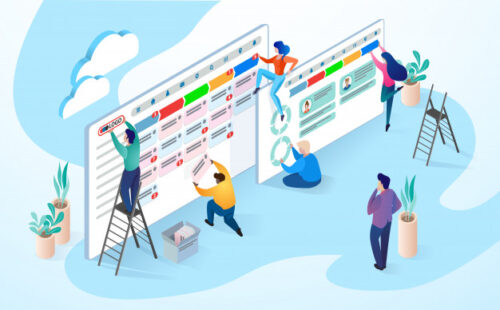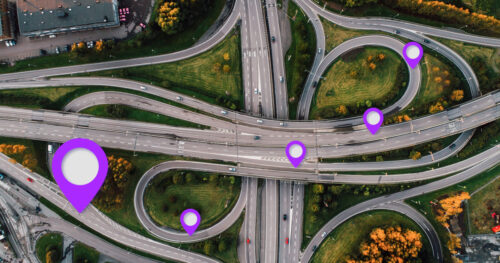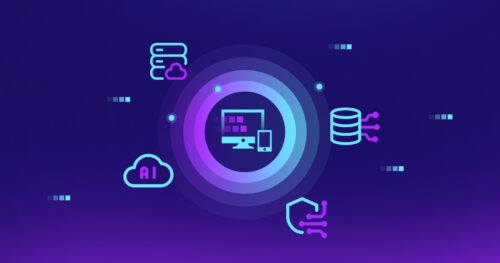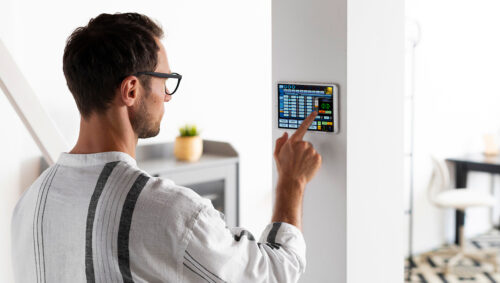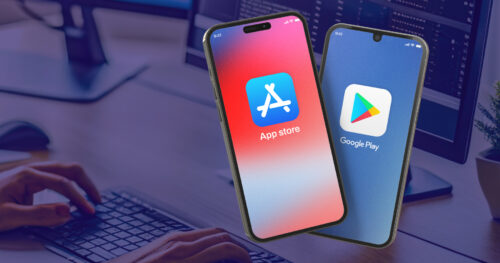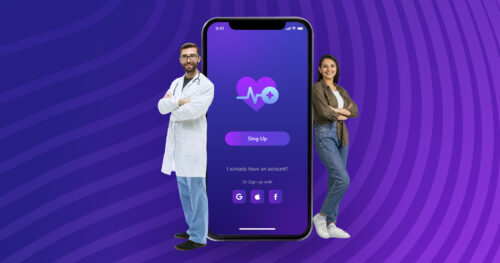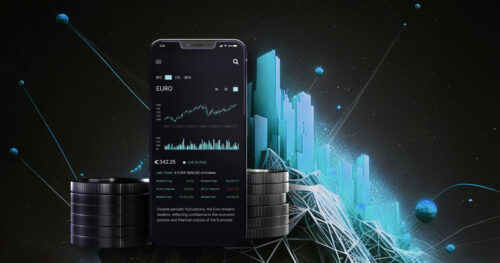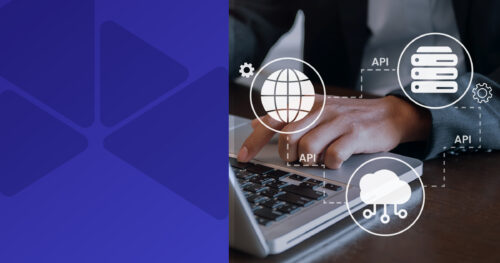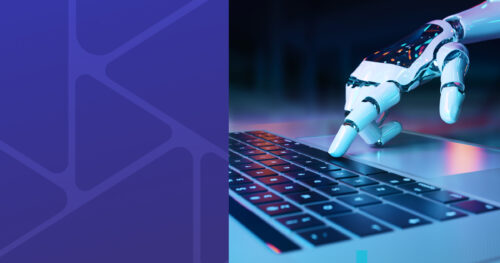Being safe and sound in the global network is crucial for all, whether it’s the health of a business or a whole society at stake. Significant dates such as Computer Security Day, Internet Security Day or Information Security Day aim to bring awareness about cyber security issues and how to respond to these threats. Cloud development opens up new facets of complexity and requirements for ensuring security. Many companies have had to face at least one cloud data breach. The DigitalMara team has created a list of major threats and compiled some best practices for cloud application security.
App security in the cloud differs from on-premises security. Cloud apps utilize third-party code and services that make them more open and accessible. While cloud environments are shared and distributed, one needs to pay more attention to protecting both the code and the app environment. Also, responsibility to secure and maintain the app lies in part with the cloud providers.
Cloud application security threats
- Unauthorized access can lead to damaged functionality and theft of data.
- Misconfigurations in security installation can cause unintended exposure to app services.
- Weak encryption and authentication control lead to stealing of credentials or leakage and could present the threat of cloud account hacking.
- Insecure third-party APIs and other infrastructural points to which applications are connected can be the reason for data leakage.
- Bad management of resources, including massive data flows and requests, can cause distributed denial of service and app interruptions.
- Supply chain failures can occur when using third-party services and external code to develop app functionality.
Tips for effective security
It’s important to take security actions throughout the whole development process, in all stages from design to deployment.
- Identity access management (IAM)
Identity access management (IAM) should be considered as a part of your general security strategy. IAM means that each user is authenticated (including multi-factor authentication) and may obtain access only to authorized data and services. Cloud-based apps are based on a distribution model, so it’s mandatory to have only safe users accessing and authorizing on multiple units.
- Encryption
There are three types of encryption:
Encryption in transit serves to protect data being transmitted from a cloud system to another, or between app users. This technique involves encrypting of communication between all external and internal services and protecting data from interception by unauthorized third bodies.
Encryption at rest means protecting data already existing in the cloud against leakage. Data is encrypted on multiple levels, including raw storage and databases, hardware and files.
Encryption in use is intended to protect data that is undergoing processing, which is the most sensitive state of the data. Ensuring data security implies that preliminary access is through IAM, that access control is based on roles, protection of digital rights, and much more.
Which encryption type should be chosen depends on your particular use case. For example, with encryption in transit, this involves encrypting and decrypting data every time it is put into the network for remote use, and before your app can work with it. This can be costly and reduce performance. Encryption at rest is more universal, and you can be sure the data is secure and cannot be read in the cloud storage.
- Data privacy and compliance
Data privacy and compliance are critically important to protecting cloud applications and the end-users. Each industry may have its specific security regulations and requirements for compliance. Users’ privacy is provided by complex measures of security control, including data encryption and access control. For example, using open-source components requires careful verification to comply with GDPR.
Security tests, a significant part of the application development process, can be automated. Security tests should not be limited to scanning for bugs and penetration testing. The scope of testing should be broad enough to cover all possible weaknesses, covering not merely the code and open-source libraries, but also the container images and infrastructure configurations.
With automated and continuous tests, developers can be sure each new build is secure before deployment into the cloud. For example, IDE plugins allow you to check the results of security testing in real-time while you continue writing the code. Thus, automated security testing validates that your app is properly secured and corresponds to your specifications and scripts. It can also significantly reduce the cost of detecting vulnerabilities and fixing them.
- Threat monitoring
When you deploy your app into the cloud, it is extremely important to constantly monitor the presence of cyber threats in real time. Such threats can critically affect your end-users and result in a loss of reputation. For example, with an AI algorithm you can add real-time alerts based on security events, continuously monitor threats in your cloud app, and respond to any issues promptly.
Cloud services provider
The right cloud provider for you should be chosen based on your project specifications, with shared responsibility for security as the provider already has a security policy and instruments meant to protect your data. For example, if you use public cloud environments such as Microsoft Azure, AWS and Google Cloud, your major responsibility begins on the operational system level. That doesn’t mean forgetting about lower levels. With Heroku, you are primarily responsible for the safety of the application code and data.
Even 5 years ago, cloud development was controversial. However, during this time it has proved to be the optimal solution for many technical tasks. And if you follow all security and privacy policies, you will get a smooth and user-friendly software product.
Yauhen Serhel, Cyber Security Engineer, DigitalMara
Conclusion
Securing cloud applications means taking a comprehensive approach to resist a large number of potential threats such as service refusals, hacking, code intrusion, data stealing and supply chain attacks. At DigitalMara, we are using the latest security tools based on the principles of portability, performance and readiness for the future.






